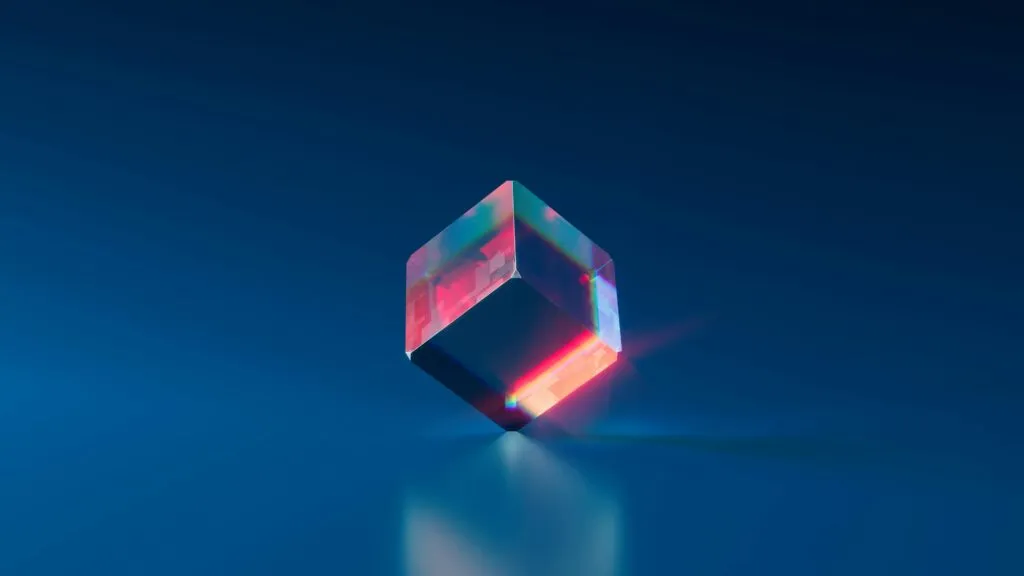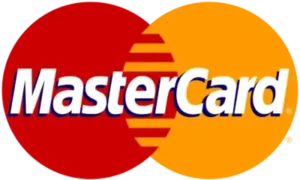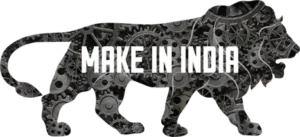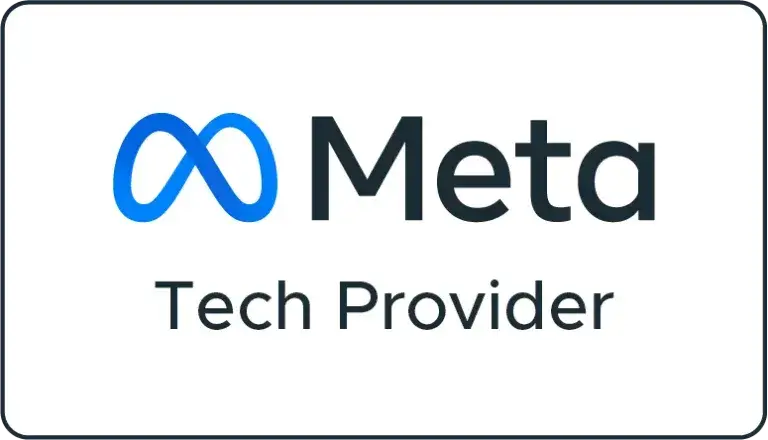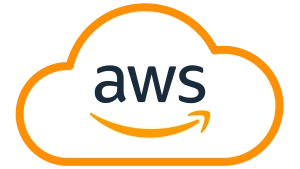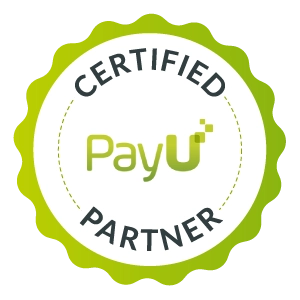Introduction
In the modern business environment, companies are using 3D animation for product demos to connect with their customers and create a desirable and memorable user experience. This blog will dive deep into the topic of how including 3D Animation in your product demo can transform the way you interact with potential customers.
Why it Matters:
Captivating Visuals:
- First Impression – The appearance of the product a user sees when entering the website, or the visuals they see when first touching an object – it matters. 3D animations make for a much more visually appealing representation of your product, stalling attention immediately.
- Detail and Precision – 3D animations offer a more in-depth insight into its complexity and function. No more detailing a machine’s functionality or showing the craftsmanship of jewelry through static images – use the power of animations to your advantage.
Interactive Experience:
- Explorative Nature – Providing potential customers with an ability to turn and pick apart a product virtually – this is 3D Animation in action. It makes engaging in exploring from every angle possible.
- Engagement and time spent – People spend more time interacting with something if they can, well, interact. Keep them engaged and on your site or with your product – conversion chances rising.
Potential for storytelling:
- Power of Story – 3D animated presentation of a product is a form of storytelling, and people love and connect with stories. It might be painting a picture of how a medical device has changed countless lives or showing the evolution of a product.
- Emotional trek – Stories leave people emotional, and purchase decisions are emotional decisions. Use 3D Animation to evoke the emotion you want from your listener.
Memorability:
- Information retention – People remember visual content much better than text or spoken word. Make them remember the interaction.
- Brand recall – Have your users associate your product or brand with the 3D demo they did.
The Road Ahead
In this blog, we will be navigating the road ahead as we delve deeper, investigating pathways and practical steps to take 3D Animation to the next level of your marketing strategy. Hold on because the journey to the improved imaginative client journey starts now!
The Concept of 3D Animation
What Is 3D Animation?
3D Animation is a breakthrough in technology that has revolutionized how we develop our planning and increase our imaginations. 2D Animation tells stories using flat and lifeless drawings, whereas the 3D Animation environment has layers, leading to deep space and creative environments that are an actual imagination. This is why 3D Animation is important.
Incredible visuals:
- First Impressions: Whenever consumers encounter 3D animations, they are immediately intrigued by the visual appearance. Whether it’s a prototype of a product idea before putting into production or an architectural prototype before construction commences, 3D animated videos can assist you in highlighting more hits and gaining outstanding representations.
- Depth and Realism: The perspective of depth is present for all characters and scenarios in the 3D Animation. This realism may enhance a user’s experience.
User experience:
- 360-Degree: Consider a customer inspecting a 3D animated product. They can view the product from different angles, zoom in and out. This feature has the power to attract more people.
- Product Understanding: The use of 3D animations can help you explain the functionality of the object. In short, how the object elements move, make and unmake the whole unit to give an audience the best understanding.
Potential of the narrative:
- Power of narratives: Animation is telling fictional short movies or videos that human beings can understand quickly.
- Emotional Connection: A user seeing how a product moves in the 3D Animation, there is an emotional attachment to the product, and this retention can result in a purchase.
Beyond entertainment:
- Architecture: Imagine viewing an already manufactured product a product of how your house interior will appear when the house is completed.
- Education: Educational institutions most definitely utilize 3D animations. Practically all more complicated subjects, from biology to physics, can become clearer with 3D.
- Healthcare: MP4 video rendering is also used in medical animations to better explain various procedures, anatomy, and science behind most diseases. This is also useful within the behavior health field because it helps the patient to visualize their treatment.
- Marketing: Businesses do 3D modeling in sketch up and utilize 3D animations to create enticing product demos and explainer videos, as well as use it in their commercials. All these benefits are achievable through industry-standard software, such as Autodesk Maya, Blender, and the aforementioned Cinema 4D. Learning 3D animation cannot be completed without knowing how to use this software, as it helps an artist to model, rig, animate and render a realistic scene. All this learning experience will positively impact the person with perspective and profounder knowledge in 3D animation.
Benefits of using 3D animation for product demos
– Just imagine what a potential customer feels while exploring a 3D-animated product – rotating it, zooming in, and looking into every nook and cranny. This level of interactivity maintains user interest. An example is the car – users can sit in the car, study the dashboard, open the hood and inspect the engine.
Product understanding
– 3D animations can help you visualize the dynamic of its work. The ability to see the work of a device or its disassembly into parts significantly simplifies the explanation for the users. Of course, such visualization is more suitable for complex objects – medical devices, mechanisms.
Storytelling
Narrative power – All products have their history. 3D animation helps with visually telling the story.
- An example of a narrative can be the way from the piece of the existing wooden forest to the beautiful chair in your living room. I use such a case to decrease the deforestation level, as well as to show my potential customers the quality of my product.
- Emotional connection – Users who feel any emotion are more likely to remember your product This technique is suitable for technology brands. IDEOGRAPH uses it to add value to our product For example, being a company that develops semi-conductor chips, I brand them as eco-friendly and children friendly.
Memorability
- Retention advantage – Studies suggest that people remember only 10% of the information they read three days later. However, when the same information is presented visually, such as via a 3D animation, our brain tends to remember more.
- Brand recall – A memorable experience makes you stand out amongst the competition. This way, when customers think of our products, they remember the dynamic 3D they interacted with.
Integrating 3D Animation into your product demos goes beyond aesthetics—it enables you to provide a true experience. In the next article, we will discuss how to implement 3D animations into practical steps for your marketing strategy. Stay tuned! 🚀
How to Implement 3D Animation into Your Marketing Strategy
Set Objectives
Know the target: Understanding what you hope to gain from integrating 3D animations is critical to marketing your brand. Will this boost conversions, help with bounce rate, or change brand perception?
Your animations should align with the objectives you’ve set. Thus, if reducing the bounce rate is your concern, use interactive animations on the homepage or product pages.
Segment Your Audience
Know your person: Who are they, and what kind of problems can 3D animation help you solve?
Animations can be segmented accordingly. For example, a segment of your audience loves IT, and an interactive 3D guided tour of your product might grab their attention.
Collaborate with Industry Professionals

Hire Animators:
Choose Quality – best animators create powerful graphics for your brand that represent your message accurately.
Work with them to create animations, ensuring they match your vision.
Agency Partnerships:
Collaborate with animation studios and professionals. Make sure they can understand your product and strategy.
These agencies can create complex animations, masterfully ensuring the brand message is portrayed as needed.
Embed into Websites and Landing Pages
Quality Spotting:
Place them in suitable places across your brand. Product, home page, or landing pages should be the ultimate places for your animations. Make sure they load quickly and don’t disrupt the user experience.
Compelling descriptions for your 3D animations: Inform new users about what they will learn or experience. Naturally include other relevant keywords.
Success Stories

Sectors who used 3D animation for product demos
Automotive: Tesla’s Virtual Showroom
Tesla’s challenge was that it was impossible to build a showroom in every city to showcase its electric vehicles to potential buyers. A solution: The company launched a virtual showroom where you could see all parts of the car, from the outside to the interior. You could open doors and trunks, “get” into the car and interact with its features.
Results: Users spent more time exploring the virtual showroom than a traditional one. Conversion: this idea led to more test drive requests and new cars’ online order.
Healthcare: Animated Medical Procedures
The challenge: Explaining complicated procedures to patients with the help of text or one-time pictures. The solution: Hospitals and clinics started to demonstrate surgeries in 3D. Patients could see how different medical devices work and how doctors scan a heart.
The result: Patients became more informed and calm. Complication because of lack of information reduced.
Conclusion
The digital marketing landscape will evolve, always simultaneously. To keep up, you need to add in as many new technological solutions as possible, and 3D Animation will be one of them.🚀🚀🚀🚀

